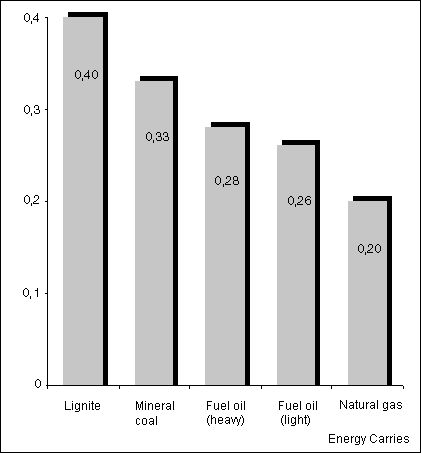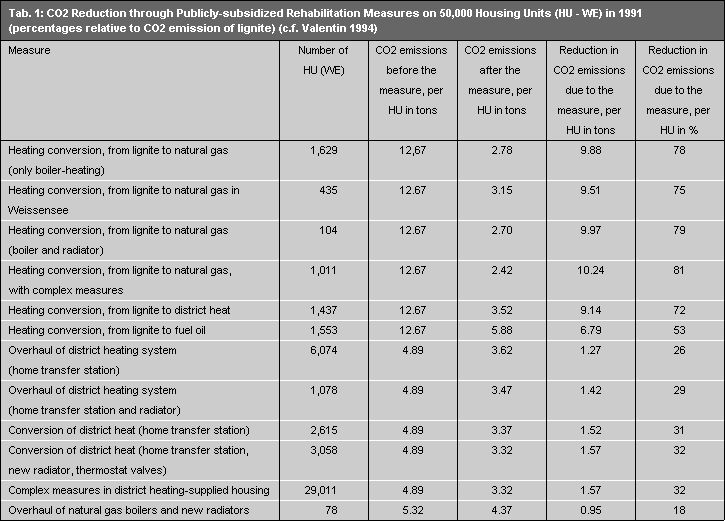Types of Fuel for Producing Building Heat
On account of the close relationship between the topics covered in Maps 08.01 – “Building Heating Supply Areas” and 08.02 – “Predominant Heating Types,” a common text has been prepared for both maps.
Berlin is the largest contiguous built-up conurbation in Germany. Approximately 3.4 million inhabitants live in an area of 889 km2. The development of the building heating supply and the distribution of the various kinds of fuel are tied to the evolution of the city and characterized by its social and building structure.
In the course of the industrialization period after about 1875, and the quick rise in population which proceeded with it, Berlin around the old city center and within the present City-Rail Circle Line developed largely into a city of tenements. At the inner city edge, the first settlements of the housing-construction companies emerged. In the outer areas, villa colonies and garden-city projects were built. Until the end of the 2nd World War, lignite and mineral coal were used almost exclusively for the city’s heating supply.
Postwar development was marked by large-scale reconstruction and new building projects, which initially used the row-construction type again. From the 60s to the 80s, large developments and satellite towns emerged in the outer areas, while in the inner city, the housing programs were initially characterized by demolition and new construction. Starting in the mid-70s, preservation-oriented forms of urban renewal were undertaken, primarily in Wedding and Kreuzberg (cf. Map 06.07, SenStadtUm 1995f).
West Berlin
The employment of different fuels for the heating of residential buildings and workplaces developed differently in East and West Berlin during this period. In the western part of Berlin, a continuous substitution of coal by other energy carriers took place after the beginning of the 70s. The substitution pattern was dependent on the housing structure: Primarily in the single-family and duplex housing in the outer areas, heating has since been fueled by light oil. In the heating of residential apartment building and work-places, the type of fuel was oriented more toward the proximity of heating-supply networks of the pipe-dependent energy providers, and/or the use of in-plant oil-fired heating units.
The high density of heating power-plants caused by the isolated situation of West Berlin made possible a continuous development of district-heating supply by the Berlin Electric Power Company (BEWAG), even though the priority it gave to electric power supply has so far prevented an optimization of thermal technology planning.
East Berlin
In the eastern part of Berlin, lignite and natural gas were used almost exclusively for heating up to 1989, both in single-family and duplex house areas and in multi-story old building quarters, and also in workplaces. About 60 % of the housing units in the eastern part of Berlin were provided with single and collective coal heating in 1989; approx. 40 % of the apartments were provided with district heat from heating plants and heating-power plants. Because of the use restrictions in the former GDR, fuel oil was not made available to the heating market.




